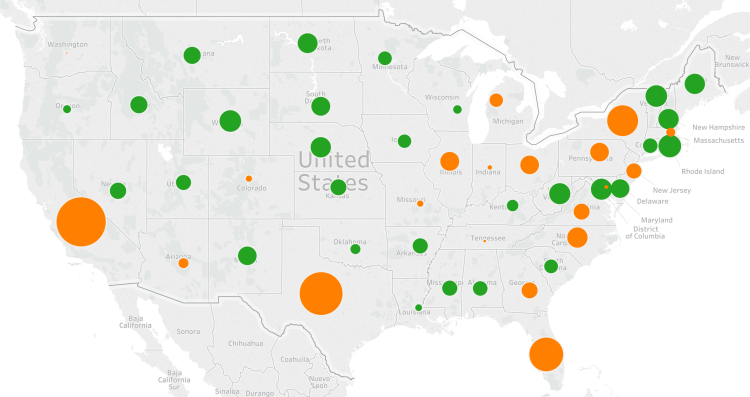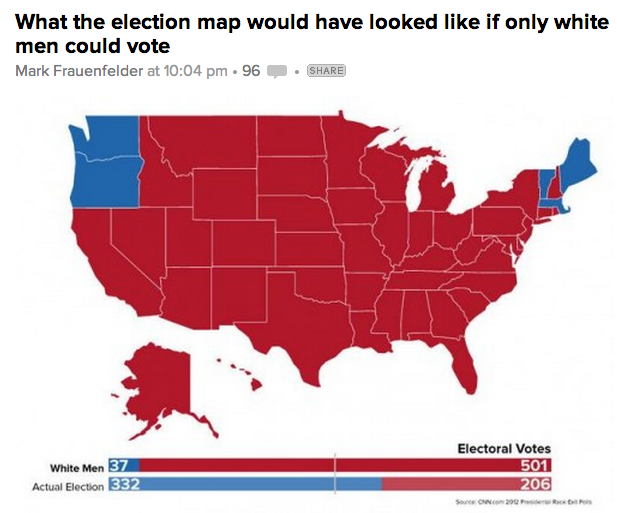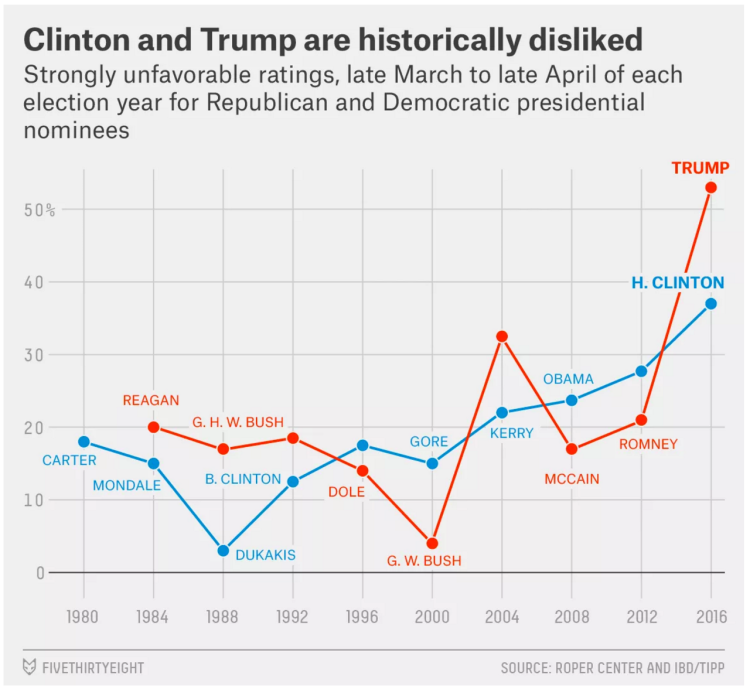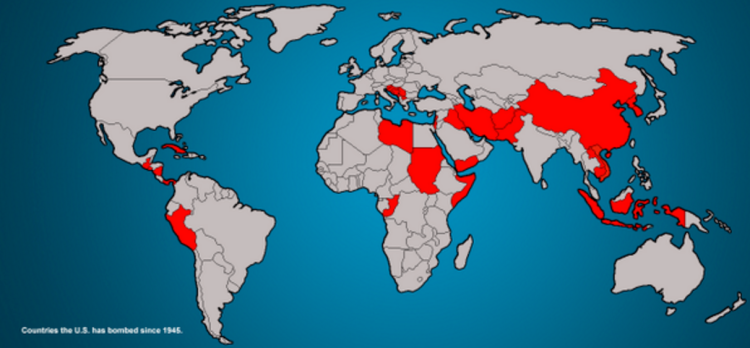
Hilary Clinton won the popular election 47.7% to 47.4% despite losing the electoral college by a wide margin to Donald Trump. This is only the second time since 1888 that a candidate has won the popular vote, but not the election. This situation has lead some to question if the electoral college system is really the best way to select a president. Liberals claim that it is not fair as large, densely populated states have proportionally less say then less populated rural states that have a minimum 3 electoral votes regardless of population. This claim was interesting, so I decided to investigate further.
Above is a map displaying the relative difference among the states regarding their ‘over representation’ or ‘under representation’ given population. Orange colored bubbles mean the state has a higher fraction of US population than the fraction of electoral college votes. For example, California has 12.2% of US population, yet only 10.2% of electoral college votes. This is also the case for Texas (8.5% of population verse 7% of electoral college) and likewise for all other orange colored states. The size of the bubble signals a larger margin of under representation.
On the other end of the spectrum, the green colored bubbles mean the state has a higher fraction of electoral college votes compared to their fraction of US population. For example, Wyoming has 0.18% of US population yet has 0.56% of the electoral college – that is, 3 votes out of 538. Again the larger the green bubble signals a wider margin between electoral college votes compared to relative population.
The smaller the bubbles, whether green or orange, means that state was very close to proportional representation between the electoral college and population. For example, Washington state had 2.2% of US population and 2.2% of electoral college votes.
Comparing how the 18 most over represented states voted results in 9 Republican and 9 Democratic states. That is, for every rural over represented Republican state like Wyoming, Alaska, and North Dakota – there are an equal number of small over represented Democratic states like Vermont, Washington DC, and Delaware. To claim the election was lost due to under populated Republican states is inaccurate. The election was won in the battle ground, medium sized swing states of Ohio, Michigan, Wisconsin, and Pennsylvania – all of whom voted Republican this year instead of Democratic was they did in 2012 and 2008.

Above is a table of the 18 most over represented states by electoral college votes. The ‘Elect Diff’ column is the difference between the electoral college percentage minus the US population percent the state has. The ‘Demo16’ column is the Democratic vote percentage, ‘Rep16’ is the Republican vote percentage, ‘Other16’ is the sum of third party vote percentage, and ‘D-R Spread’ is the Democratic vote percentage minus the Republican vote percentage.












